When we talk about Japanese sake and gastronomic pairings, we often pair it with the cuisine of the Rising Sun. This is classic, expected and of course, these pairings work wonderfully: sashimi, sushi, tempura, fugu, wagyu… In France, we have done a lot of communication on a major pairing: sake and oysters. Otsukimi even shot a video on the Arcachon Bay to highlight this perfect pairing between sake and our local oysters (but those from elsewhere are also very good)!
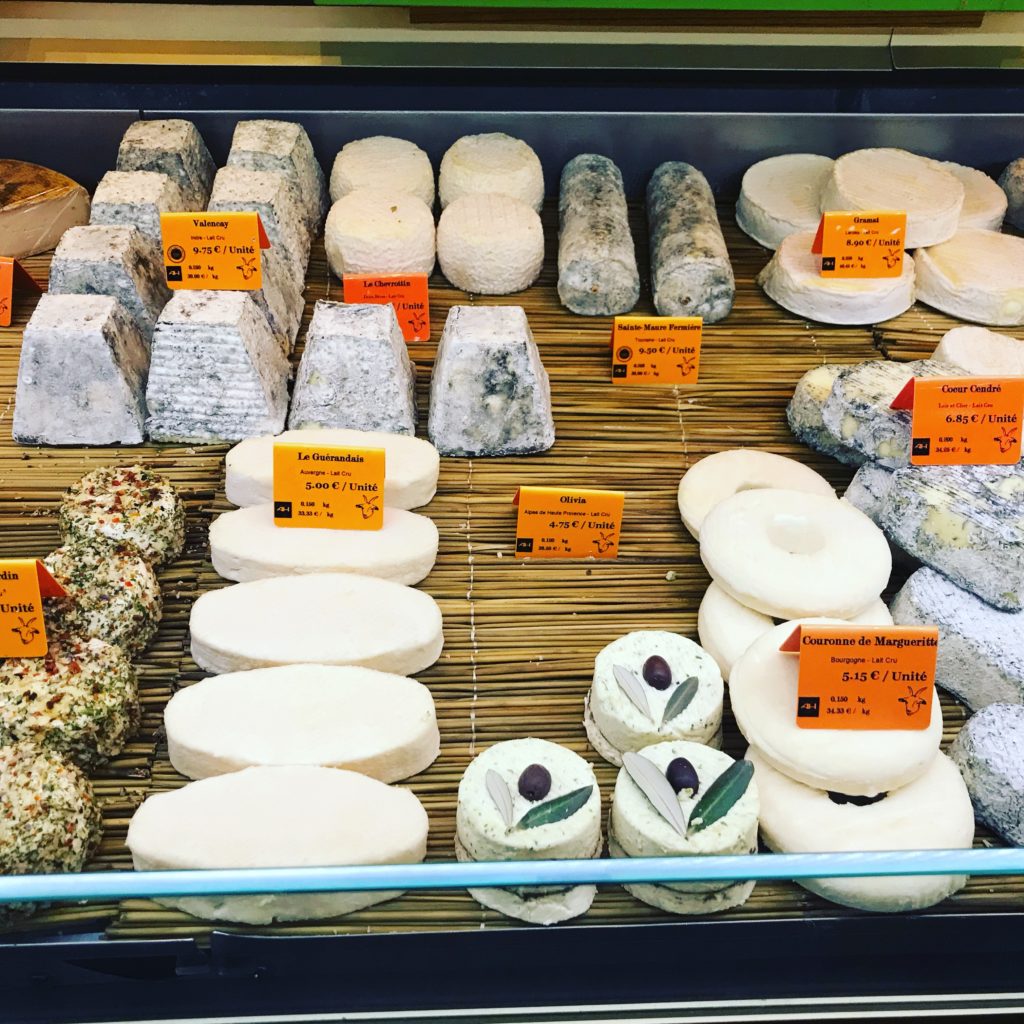
However, I wanted to tell you about another pairing that works very well with sake and that we don’t (or rarely) hear about. It’s sake and cheese. As with wine, there are hundreds of sakes. And as with wine, there are a multitude of possible pairings with cheese. But before making you drool with some very specific examples, why is sake a friend of cheese? Quite simply because cheese contains a lot of umami. In particular cheeses that have been aged such as an old Parmesan, a Comté aged for several months, an old Mimolette or even a slightly faded goat’s cheese! Umami is the key to pairings with Japanese sake which contains a lot of it. Therefore, when you combine two ingredients that have umami, it is not an addition but a multiplication of this tasty element that is umami. So yes, we know that umami is synonymous with glutamate and that it is produced industrially. But umami is not just glutamate, it is also other molecules that exist (like glutamate) naturally in ingredients. Little anecdote (even two): breast milk contains a lot of umami and the level of umami increases or decreases in the ingredients depending on their seasonality. Ingredients that contain a lot of umami are cheese, red meat, blue fish, asparagus, onions, tomatoes and of course soy sauce. The list is not exhaustive!
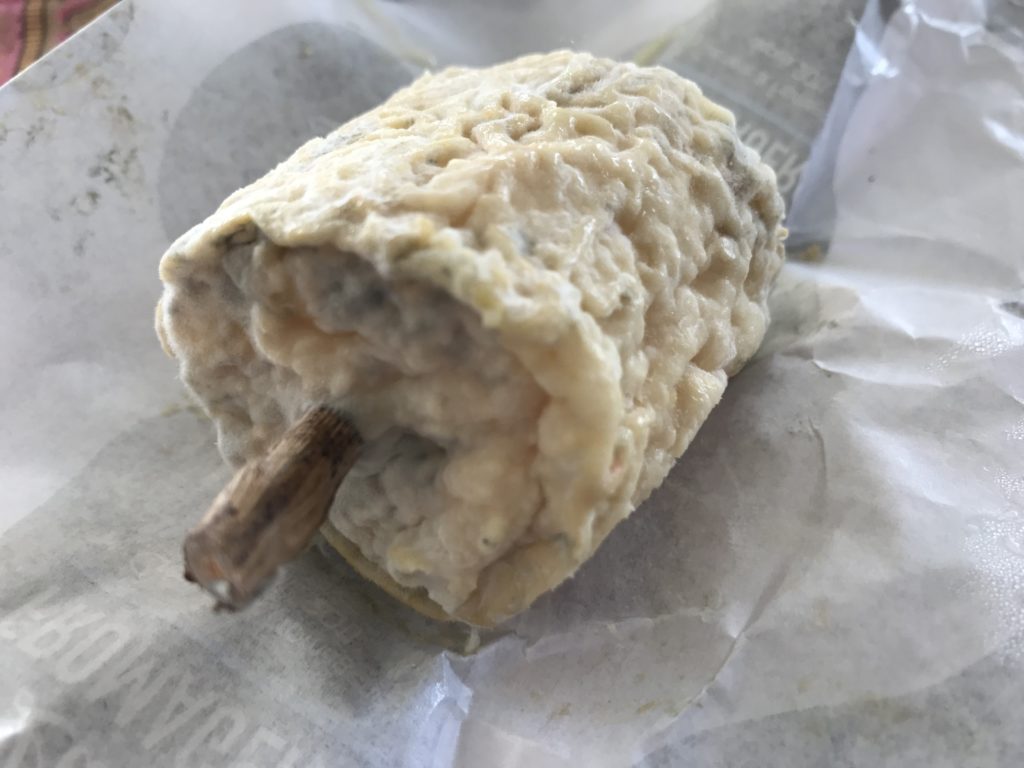
Now let’s dive into the cheese. Are there mice among you? If so, you will be served! Here are some agreements that I personally tested (I gave it myself) and which made me shudder with pleasure!
- The old mimolette with a koshu. It’s a great pairing that combines power and delicacy. Koshu, this sake aged for at least 3 years, is powerful with aromas of puffed rice, soy sauce, cocoa, roasted peanuts, mushrooms, sandalwood, roasting… In short, an aromatic whirlwind that does not leave indifferent with similarities to some Spanish jerez. The old mimolette, a hard paste, is soft and creamy. The pairing creates surprises and I admit that the koshu from the Daruma Masamune house sparks without forgetting this koshu from the Shimane house. Even cheese maker Bernard Mure-Ravaud says it’s a very nice pairing. Watch this video to convince yourself where he exchanges with Xavier Thuizat, Head Sommelier of Crillon, MOF and especially Sake Samourai.
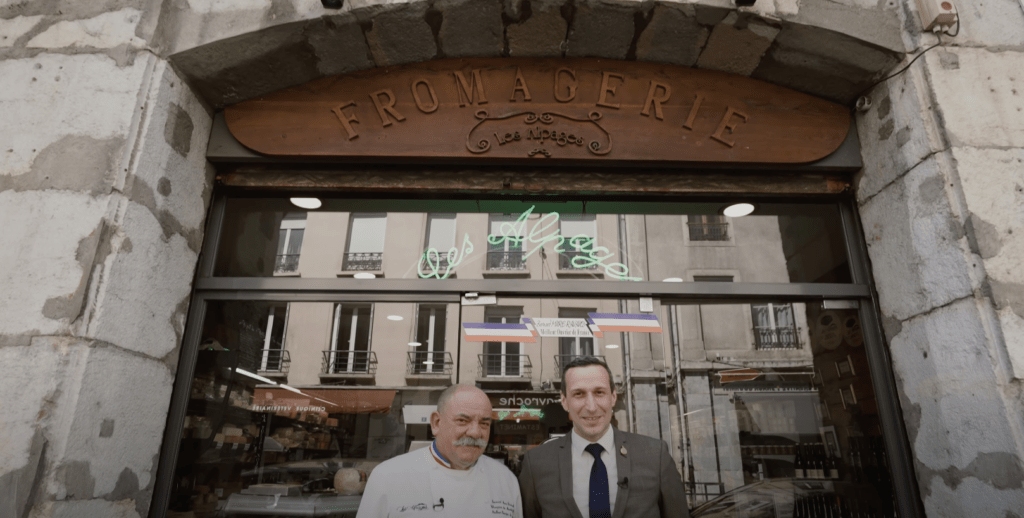
- Old goat cheeses with hot sake. And yes, let’s not forget that we can play on temperatures. Goat cheeses are ideal for this. Soft cheeses are delicious, creamy and smooth. A madame goat is totally sublime for this. But evolved goat cheeses like crottins, rocamadours or valençays are also delicious with sake heated to around 45/50°C. I admit to having a preference for them. The strength of the cheese is softened by the warm sweetness of the sake. The accord is subtle and delicious.
- Fresh goat cheeses, great gastronomy by Laure Fourgeaud from the Ferme du Châttain (now closed but you can find inspiration thanks to her book My goats: breeding and recipes) who made inserts of olive oil, tomato, eggs from salmon or even caviar. Taste marvels which were sublime pairings with fresh and fruity sakes like Junmai Daiginjo type Kuheiji 50.
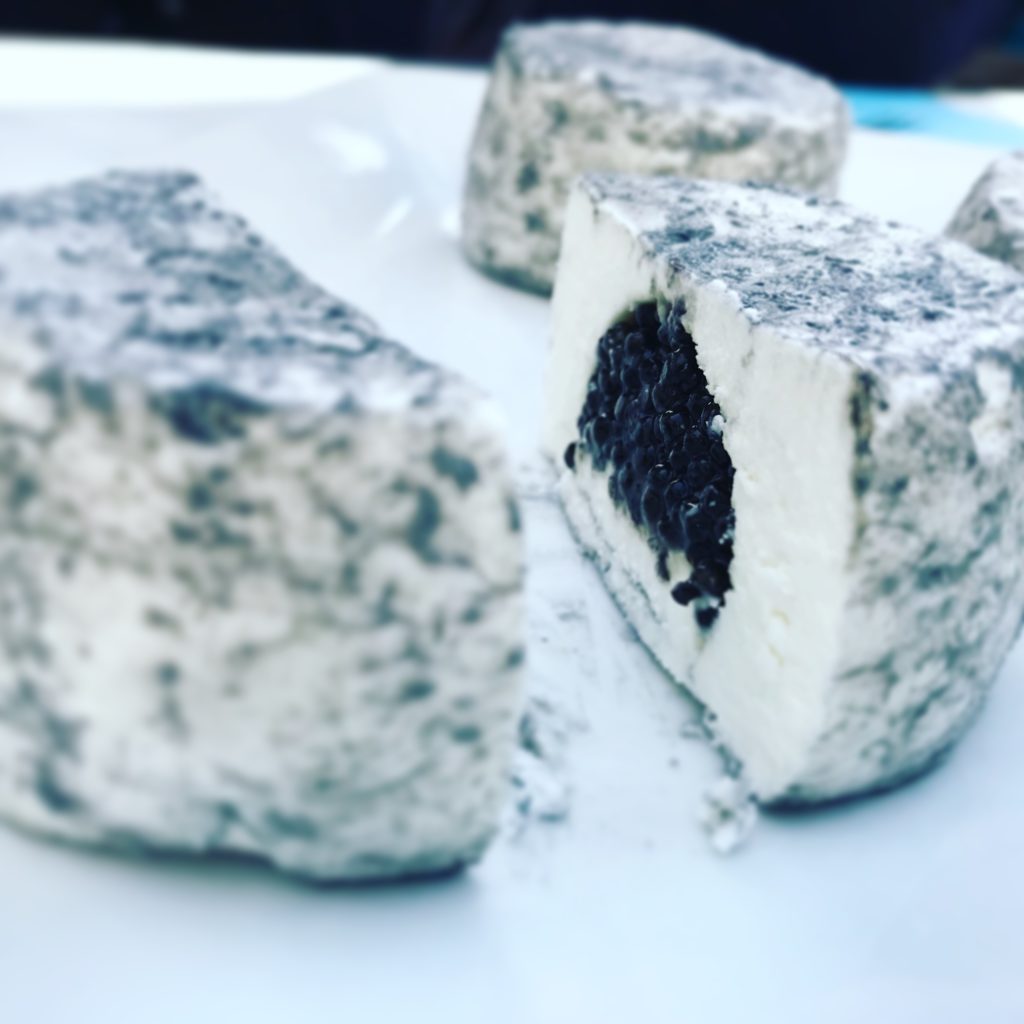
- An old parmesan with a traditional method sake like a Kimoto or a Yamahai. Old Parmesan cheeses are delicious, especially when you bite into the little salt crystals that have formed over time. They have flavor but remain delicate. Traditional method sakes (Kimoto or Yamahai) have a lot of umami, texture and authenticity. They go perfectly with this type of aged hard cheese. You can also try it with an old Comté: it will be just as delicious.
- Let’s also not forget Brillat-Savarin (truffled or not) which can be a very nice companion with Japanese sake. The advantage is that it can be served at room temperature or hot depending on the season and your desires. Shinkame Shuzo’s Hanafubuki works very well with this cheese which has flavor and at the same time melts!
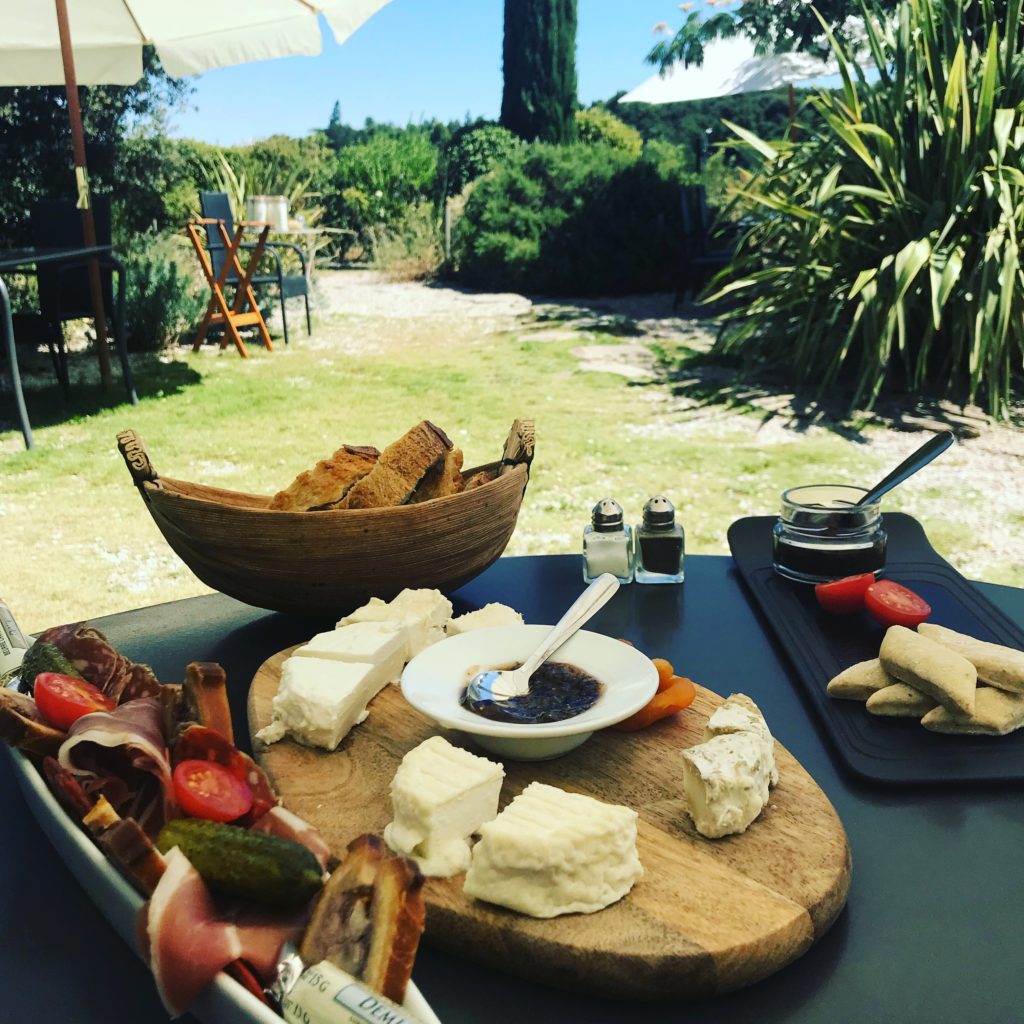
Also remember that bread is very important. We will favor well-cooked, crispy breads and not white breads which are more complicated to digest. Forth the seeds and even the dried fruits: the pairing works and the textures add another dimension to the sake. You can also start making bread at home… with koji! Find my article on the subject here!
There are many pairings to be made with Japanese sake. Amaze your guests by offering them sake (always in moderation) and a platter of cold meats and cheeses! This will be a guaranteed success!

#France Bleu Gironde broadcast from May 26, 2023: click on the link to listen to the replay more easily and read the great article by Isabelle Wagner!



